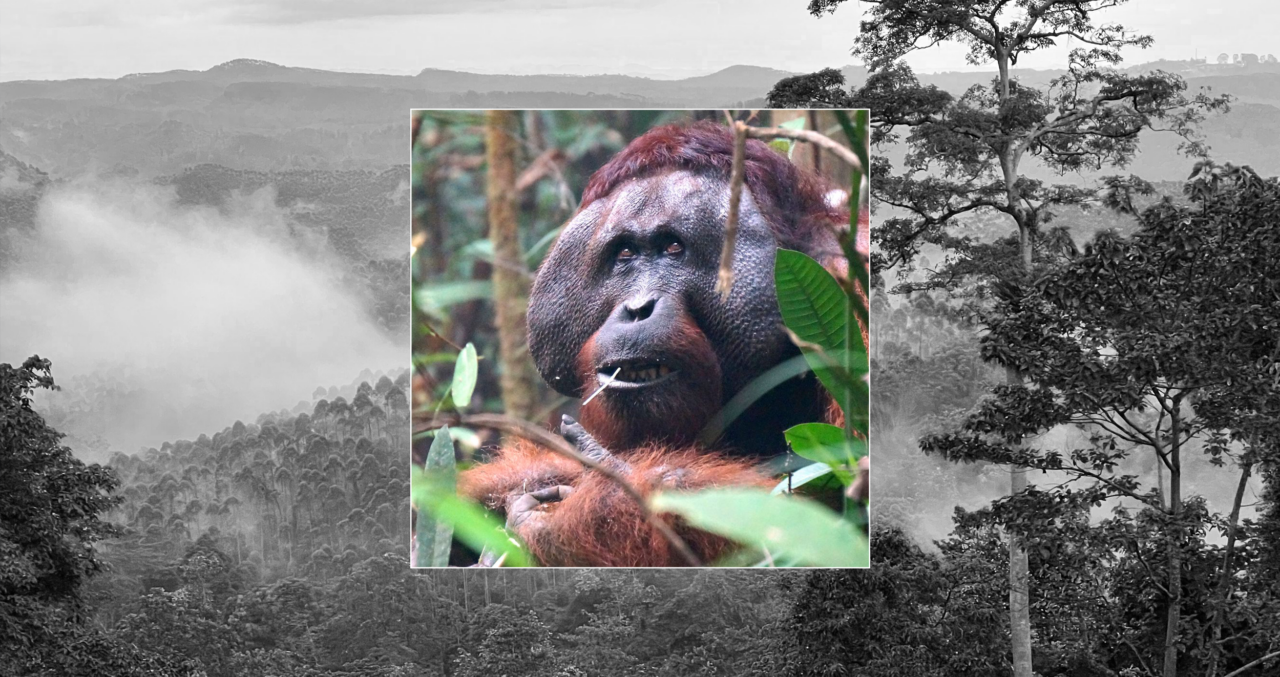Integrative monitoring of distribution and health of Borneo’s endangered apes
Long-term research in Borneo’s threatened forests tracks how industrial impacts affect the health and distribution of endangered apes across key landscapes.

The biologically rich tropical forests of Borneo are experiencing rapid and extensive degradation from industrial activities. Across the island, fragmented populations of endangered gibbons and orangutans are threatened by fires, hunting, urban development, and industrial agriculture. In three vulnerable landscapes in Central and East Kalimantan (Rungan, Kutai National Park, and Nusantara), we and our collaborators have established long-term research projects integrating behavior, visual surveys, and passive acoustic monitoring to study the spatiotemporal dynamics in ape health and distribution.
Impact
This project highlights the conservation and scientific value of Kalimantan’s “degraded” landscapes, aiding efforts to protect vulnerable forests and the important biodiversity they house.
Erb, W. M., Ross, W., Kazanecki, H., Mitra Setia, T., Madhusudhana, S., and Clink, D. J. (2024). Vocal complexity in the long calls of Bornean orangutans. PeerJ 12, e17320.
Owens, AF, K Hockings, MA Imron, S Madhusudhana, MA Niun, T Mitra Setia, M Sharma, SM Soebagio, FJF Van Veen, WM Erb. 2024. Automated detection of Bornean white-bearded gibbon vocalisations using an open-source framework for deep learning in bioacoustics. Journal for the Acoustical Society of America. 156: 1623–1632.
Researchers
Collaborators
Mariaty (Universitas Muhammadiyah Palangkaraya)
Rustam (Universitas Mulawarman)
Purwo Kuncoro (Suara Rimba Foundation)
Frank van Veen (University of Exeter)
Ali Owens (University of Exeter)
Sponsors
Current
Indianapolis Zoo, Conservation Food and Health Foundation
Prior
American Association of Physical Anthropologists, American Institute for Indonesian Studies, International Primatological Society, British Academy, Margot Marsh Biodiversity Fund – Conservation International, American Association of University Women